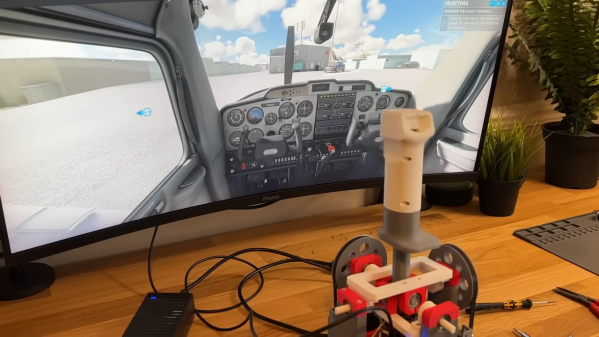When it comes to microphones, [Roan] has expensive tastes. He fancies the famous Telefunken U-47, but doesn’t quite have the five-figure budget to afford a real one. Thus, he set about getting as close as he possibly could with a build of his own.
[Roan] was inspired by [Jim Lill], who is notable for demonstrating that the capsule used in a mic has probably the greatest effect on its sound overall compared to trivialities like the housing or the grille. Thus, [Roan’s] build is based around a 3U Audio M7 capsule. It’s a large diaphragm condenser capsule that is well regarded for its beautiful sound, and can be had for just a few hundred dollars. [Roan] then purchased a big metal lookalike mic housing that would hold the capsule and all the necessary electronics to make it work. The electronics itself would be harvested from an old ADK microphone, with some challenges faced due to its sturdy construction. When the tube-based amplifier circuit was zip-tied into its new housing along with the fancy mic capsule, everything worked! Things worked even better when [Roan] realized an error in wiring and got the backplate voltage going where it was supposed to go. Some further tweaks to the tube and capacitors further helped dial in the sound.
If you’ve got an old mic you can scrap for parts and a new capsule you’re dying to use, you might pursue a build like [Roan’s]. Or, you could go wilder and try building your own ribbon mic with a gum wrapper. Video after the break.
Continue reading “Hacking Together An Expensive-Sounding Microphone At Home”



















